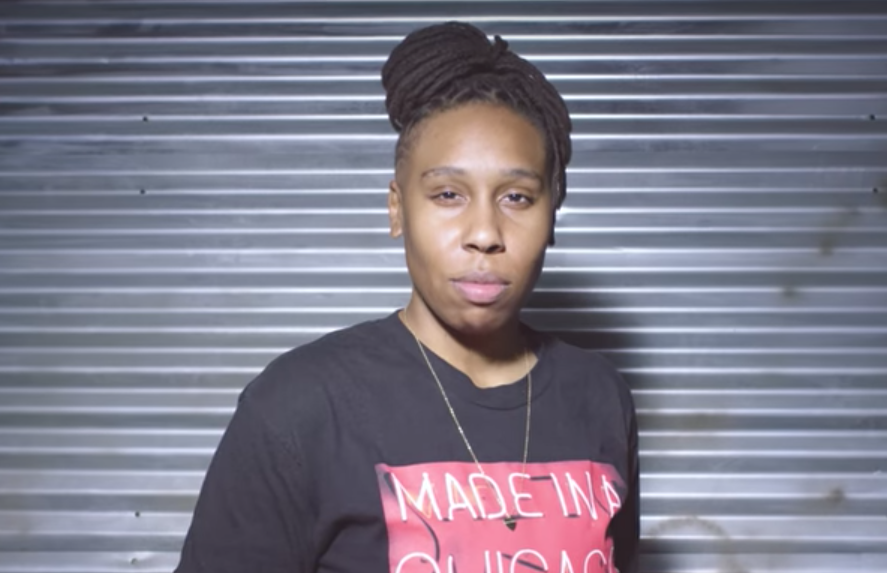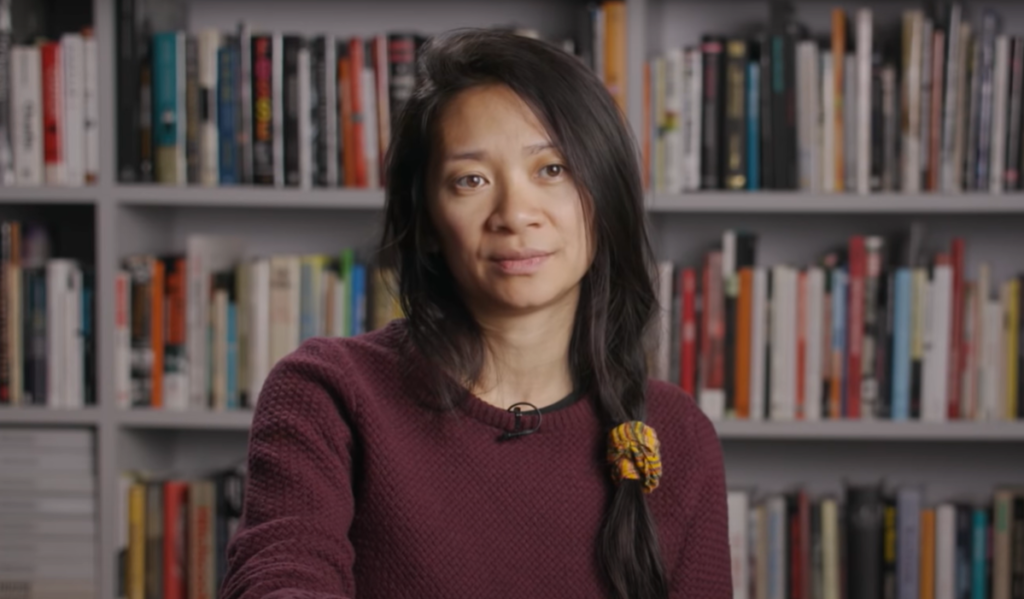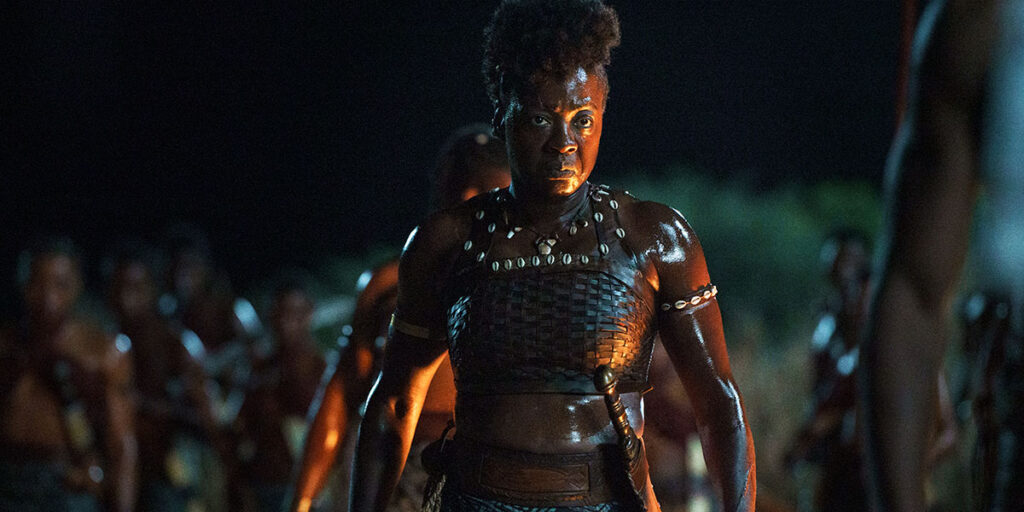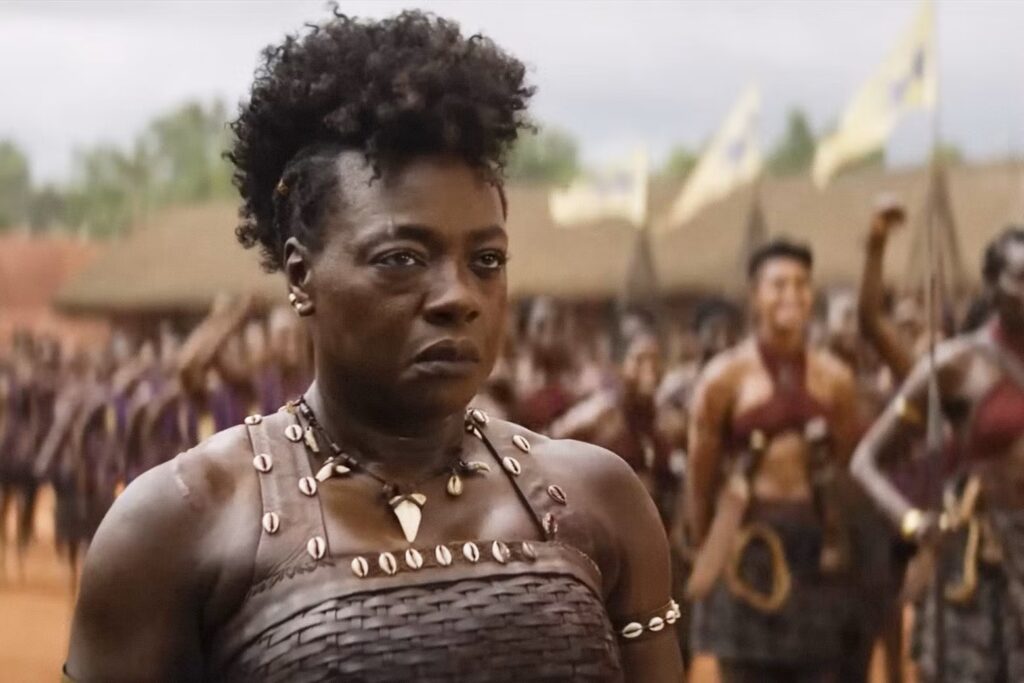Despite the success of inclusive-on-both-sides-of-the-camera shows like “Queen Sugar” and “Insecure,” as well as Shonda Rhimes’ oeuvre, TV showrunners and writers are still overwhelmingly white and male. A new study from racial justice organization Color of Change finds that 91 percent of showrunners are white and 80 percent are male. Written by Darnell Hunt, Dean of Social Sciences at UCLA, the report examines over 1,600 episodes from all 234 scripted series that aired or streamed in the the 2016–17 season.
The study, “Race in the Writers’ Room,” spotlights the stark racial and gender disparity among TV scribes, especially among Black writers. Two-thirds of the series employed zero Black writers and 17 percent employed only one Black writer. To make matters worse, the lack of Black voices behind-the-scenes directly correlates to the lack of three-dimensional Black characters onscreen. “The ultimate result of this exclusion is the widespread reliance on Black stereotypes to drive Black character portrayals, where Black characters even exist at all,” the report suggests. “At best, ‘cardboard’ characters, at worst, unfair, inaccurate, and dehumanizing portrayals.”
The report concludes that Black writers face even greater exclusion from white showrunners. Black showrunners’ writers’ rooms include white scribes, but only 31 percent of white showrunners employ Black writers.
“Race in the Writers’ Room” also breaks down each network/platform’s level of racial and gender inclusivity. AMC came in last place as all seven of its shows are run by white men. The most inclusive networks/platforms are Netflix and ABC. The former’s showrunners were 17 percent non-white and 19 percent female. The latter’s were 22 percent non-white and 34 percent female.
So, while it’s great to see more inclusive series hit the airwaves and streaming platforms, “Race in the Writers’ Room” makes clear that there is still very much a diversity problem in television. In order to ensure that there are interesting, complex non-white and female characters onscreen, TV execs need to commit themselves to hiring more people of color and women as showrunners and writers.
Head over to Color of Change to read the full report. Its three main findings and a “Race in the Writers’ Room” video featuring Emmy-winning “Master of None” writer Lena Waithe are below.
- While two-thirds of all shows across 18 networks did not have any Black writers, and another 17 percent had just one Black writer, not all networks are the same with respect to exclusion. AMC stands out as having the worst inclusion problem overall: both women and people of color, both showrunners and writers. Eight networks excluded Black showrunners and writers the most, while CW and CBS were notable for generally including women and people of color, while excluding Black talent specifically.
- On the whole, the industry does not include people of color — 91 percent of showrunners are white, and 86 percent of writers are white. Eighty percent of showrunners are men.
- Showrunner is particularly troubling because it leads to writer exclusion — while all Black showrunners include white writers in their rooms, white showrunners tend to exclude Black writers, with 69 percent of white showrunner shows having no Black writers at all.







